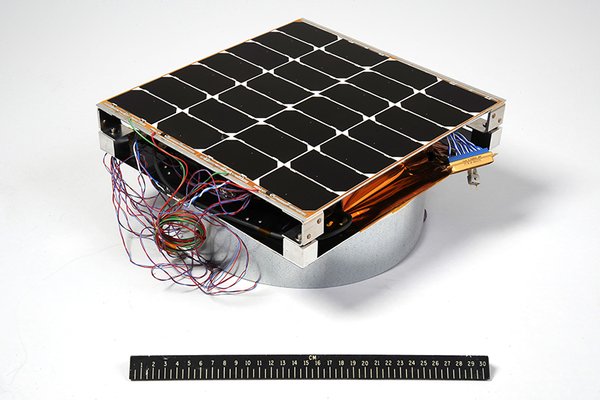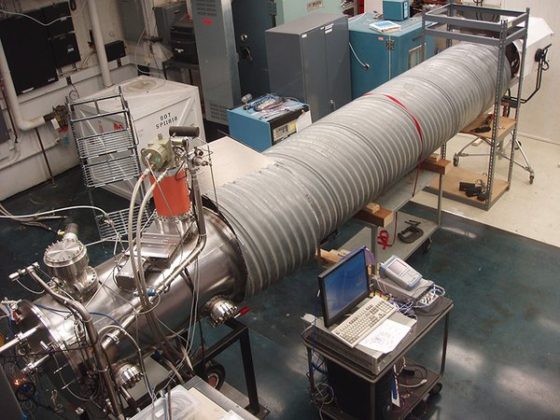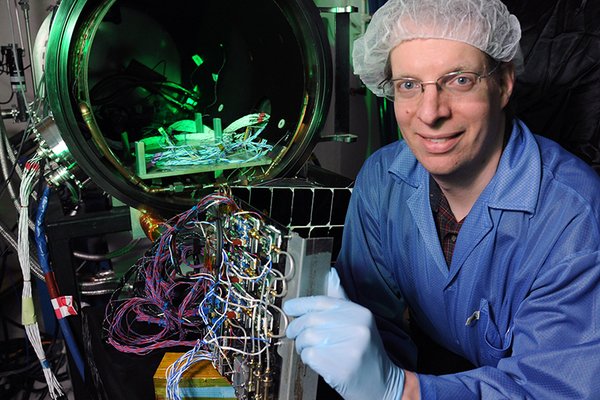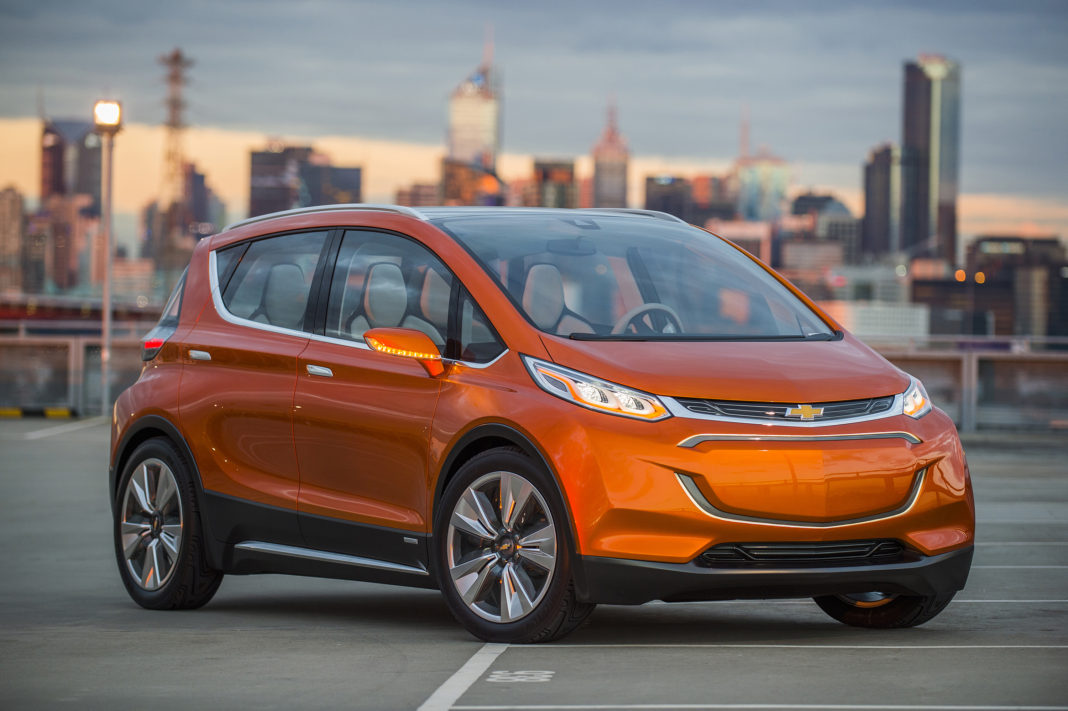It’s a concept that’s been around for quite some time now but has never really taken form. But now, with the help of the advancement of technologies such as tiny satellites and reusable rockets, space solar is getting closer by the second. Most ideas that involve solar energy in space are based on the same methods and concepts, it’s just no one has quite got there yet. It’s an expensive challenge, with an estimated cost of around $4 to $5 billion to develop, build and launch a complete space solar system, but would be well worth it according to the experts.
Gary Spirnak is CEO of Solaren which is an energy company that’ based in California and currently operates as an approved solar energy provider in the ‘Golden State.’ But, just recently Gary and his team have been working on another sector of solar energy that involves taking it into space. There are two essential parts to solar space that are necessary for it to work. These are solid, power amplifiers that can efficiently convert collected sunlight’s electricity into radio frequency waves and then receivers that can re-convert the radio waves back into electricity.
Radio frequency converters are the reason that cell phones work and space solar energy would work using this same method. Paul Jaffe, who is an engineer at Washington D.C.’s Naval Research Laboratory, has worked with RF converters for a long time now and says, “You get very good efficiencies with current solar technology that’s already commercially available, and we carry around these very efficient, lightweight RF converters in our pockets every day.”
Most of the work that Solaren has been concentrating on just lately has been focused on reducing the weight of their modules. Spirnak comments, “We spent a lot of time ruthlessly taking weight out of the system. We can package large individual elements into single launchers, with some interesting feats of origami.” While there are some concerns over safety, the experts assure us that it’s no different to what TV’s and cell phones are doing right now, so should be no worries there.
In terms of efficiency, any solar setup in space would need to be around a kilometer in diameter to make it worthwhile, and collection receivers on the ground would need to be even larger. A one-kilometer array in space would need a 3.5-kilometer receiver on the ground, in which case would need around 900 acres, which is not much when compared to the 3,200 acre Solar Star solar panel plant in California. So, quite when solar space arrays will be coming who knows, but it definitely looks like it will be on the cards sometime in our future.
More News To Read
- Have Your Own CNC cutting machine for under $500
- We Should Take Lithium-Ion Battery Fires Very Seriously
- Researchers Use Stem Cells to Produce Fertile Mouse Egg Cells
- Are You Sick of Being Tracked by your iPhone? Learn How to Turn…
- Valuable UI/UX Designer Tools and Websites That Should Not Be Ignored














